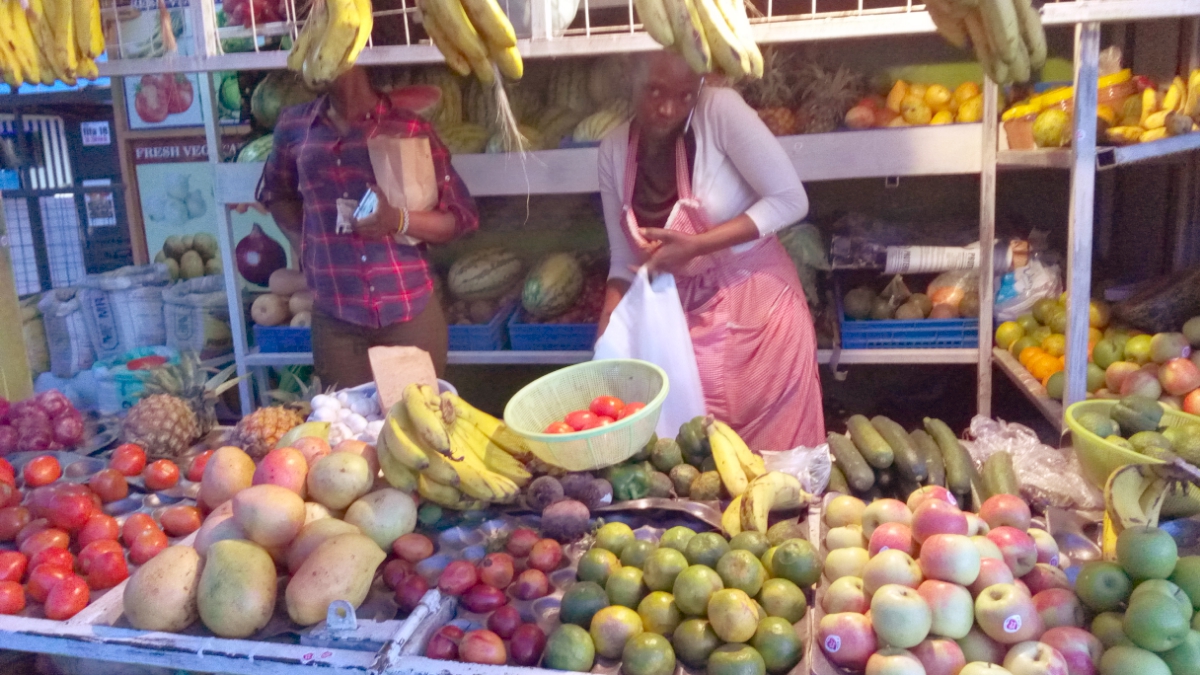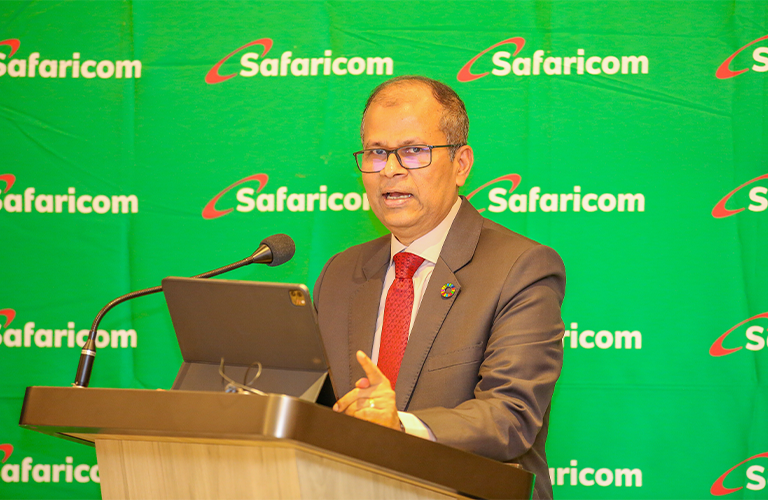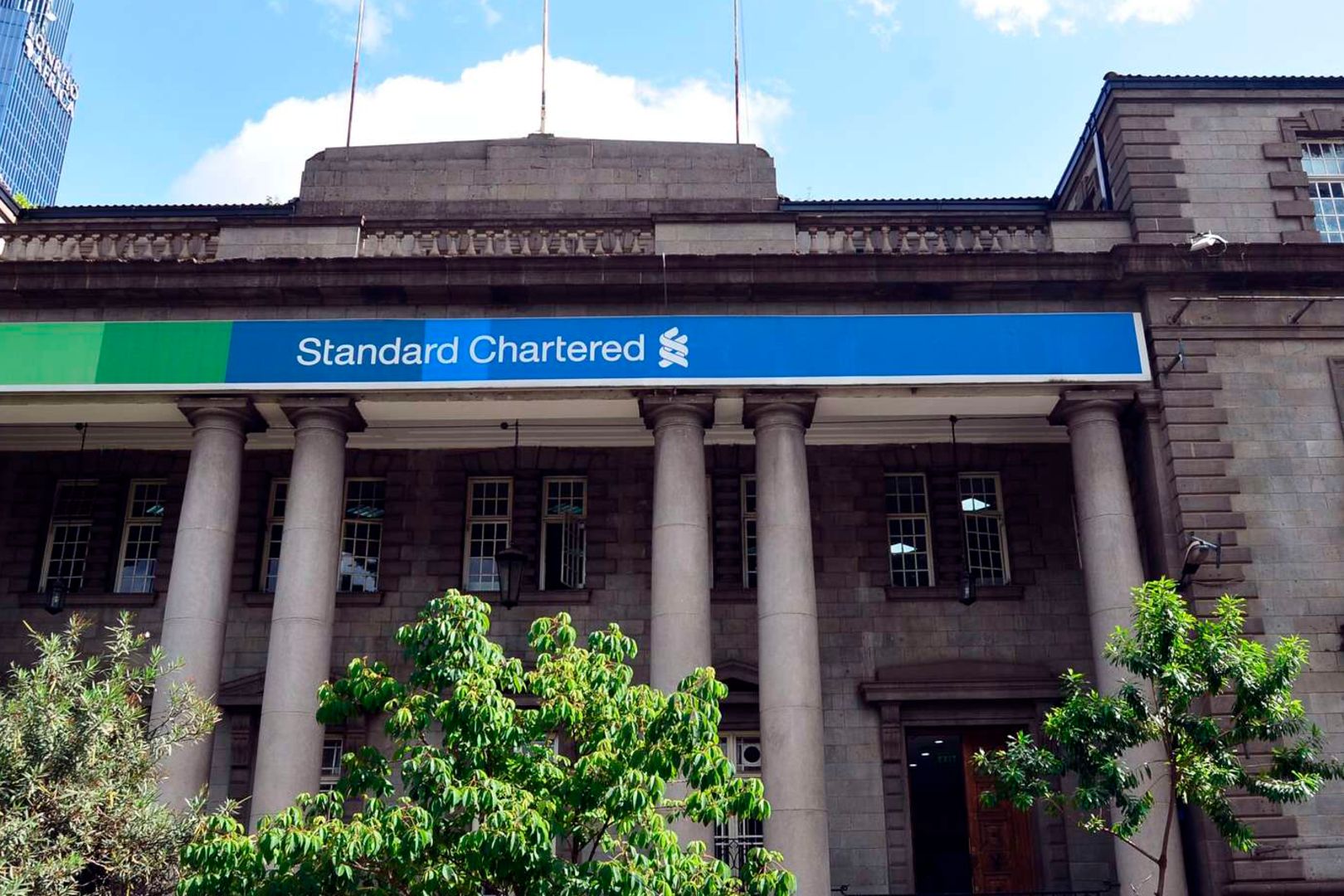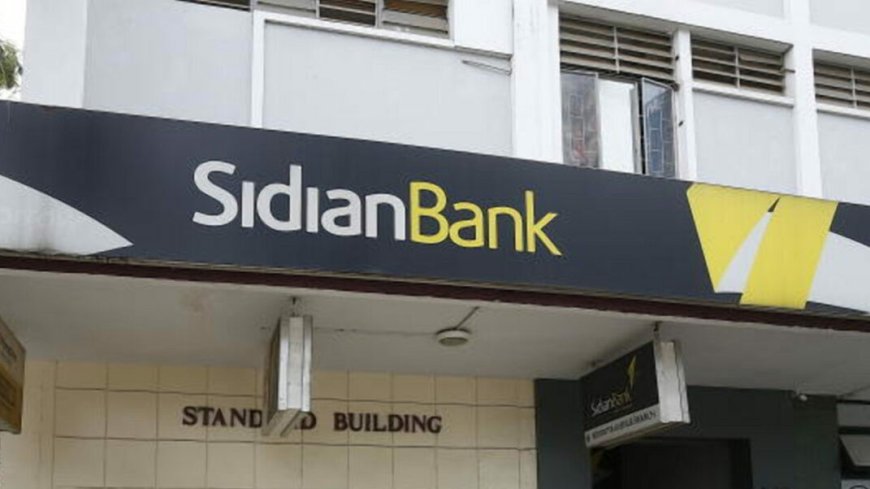Inflation rises slightly to 4.5% on higher food, transport costs
Annual rise in August driven by higher food and transport prices.
PWBy: Ian

IN BRIEF:
- Inflation in Kenya jumped to 4.5% driven by food prices and transport costs.
Inflation in Kenya jumped to 4.5% - its highest rate in more than a year - after increases in food and beverage prices and transport fares.
Annual food inflation jumped to 8.3% in August from 6.8% in July, spurred by increases in the cost of vegetables and maize flour over the last one year. Cabbage prices soared - registering the highest rise at 6.3% over the last one month. Even though maize flour prices declined slightly in the last one month, the decline was offset by price increases of sukuma wiki, carrots, potatoes and mangoes.
As well as food getting more expensive, transport costs went up with Mombasa to Nairobi route recording the sharpest rise in fares at 15.4% rising from Sh1300 to Sh1,500 in the last one month, increasing the rate of inflation for transport from 4.1% in July to 4.4% last month.
The cost of electricity went down with the cost of 50 units(KWh) declining by 2.3% from Sh1,283 in July to Sh1,260 last month.
The Kenya National Bureau of Statistics said its measure of core inflation, which excludes volatile items such as food, alcohol and energy, dropped to 3%, down from 3.1% recorded in July.
The Central Bank of Kenya, which has an inflation target range of 2.5%-7.5% with a midpoint of 5%, said earlier that it expects inflation to remain below 5% in the near term, supported by lower food prices, stability in energy prices, and continued exchange rate stability.
"A majority of respondents to the July 2025 Agriculture Survey expect the prices of most food items to decline in the near term due to favourable weather and the onset of the harvest season for key crops particularly maize. Nevertheless, respondents expect higher international prices of some processed foods, and domestic prices of sugar, to exert moderate upward pressure on inflation,” the Central Bank of Kenya said earlier last month after lowering the Central Bank Rate to 9.75%.
Officials at the Central Bank of Kenya cut interest rates by 0.25 percentage points to 9.75% at their last meeting on 12 August concluding that there was further room to ease the monetary policy to encourage lending by banks to businesses and support economic activities.
Explore more on these topics
More from News
EQUITY DEALS3mins ago
Government to sell 15% stake in Safaricom for Sh204.3bn
The government has entered into an agreement with Vodafone Kenya to sell its 15 per cent stake in Safaricom and future Safaricom dividends amounting to Sh55.7 billion for Sh244.5 billion.

FUNDING17mins ago
Safaricom targets Sh15bn from corporate bond
Safaricom is set to raise up to Sh20 billion in the first tranche of its Sh40 billion medium-term note programme, offering investors an annual interest rate of 10.4 per cent.


